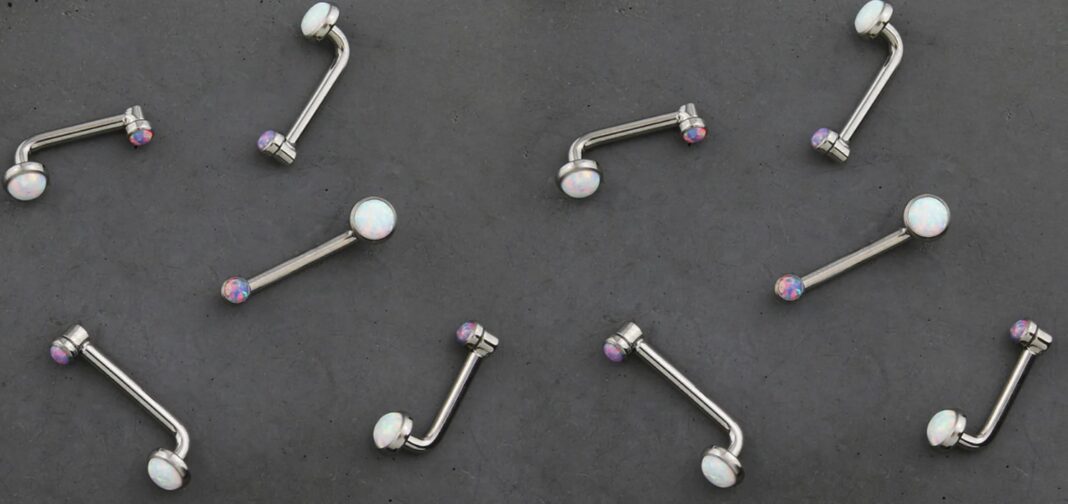BOURSESSENEGAL – Christina piercing has become increasingly popular among those looking to express their unique style. This intimate body modification offers a distinctive look that can enhance your personal aesthetic. If you’re curious about what a Christina piercing entails, how to care for it, and its potential risks, you’ve come to the right place. In this guide, we’ll cover everything you need to know about Christina piercing.
What is Christina Piercing?
A Christina piercing, also known as a “clitoral hood piercing,” is located on the upper part of the vulva, specifically on the clitoral hood. This type of piercing goes through the skin covering the clitoris, allowing for the insertion of jewelry. Many people choose this piercing for its aesthetic appeal as well as the potential for added sensitivity.
Why Choose a Christina Piercing?
Many individuals opt for a Christina piercing for various reasons. Here are a few common motivations:
- Aesthetic Appeal: The jewelry can accentuate the natural curves of the body.
- Personal Expression: This piercing offers a unique way to showcase personal style.
- Increased Sensitivity: For some, this piercing may enhance sexual pleasure.
The Christina Piercing Procedure
Getting a Christina piercing involves several steps. Understanding the process can help ease any apprehensions you might have.
Finding a Qualified Piercer
Before you proceed, it’s crucial to find a reputable piercer who specializes in intimate piercings. Look for reviews and ensure that the studio follows strict hygiene protocols.
The Piercing Process
- Consultation: Discuss your desires and any concerns with the piercer.
- Preparation: The area will be cleaned thoroughly to minimize infection risks.
- Marking: The piercer will mark the spot where the jewelry will go to ensure accurate placement.
- Piercing: Using a sterilized needle, the piercer will create the hole. The jewelry will be inserted immediately after.
- Aftercare Instructions: You will receive guidance on how to care for your new piercing.
Christina Piercing Jewelry Options
Choosing the right jewelry is essential for comfort and style. Common materials include surgical steel, titanium, or gold. You’ll want to select jewelry that complements your body and fits securely without causing discomfort.
Types of Jewelry
- Barbells: A common choice, providing ease of movement.
- Captive Bead Rings: These can add a decorative touch but may not be as comfortable initially.
- Horseshoe Rings: A popular choice for those who prefer a more open style.
Aftercare for Christina Piercing
Proper aftercare is vital for healing and preventing infections. Here are some essential tips:
Cleaning the Piercing
- Use a saline solution or saline spray to clean the area twice daily.
- Avoid using alcohol or hydrogen peroxide, as these can irritate the skin.
Avoiding Irritation
- Wear loose-fitting clothing to avoid friction on the piercing.
- Refrain from sexual activity until the piercing is fully healed, usually taking about 4 to 6 weeks.
Monitoring for Infections
Keep an eye out for signs of infection, such as increased redness, swelling, or discharge. If you notice any concerning symptoms, consult your piercer or a healthcare professional.
Potential Risks of Christina Piercing
Like any body modification, a Christina piercing comes with potential risks. Understanding these can help you make informed decisions.
Infection
As with any piercing, there’s a risk of infection. Following proper aftercare significantly reduces this risk.
Rejection or Migration
In some cases, the body may reject the piercing or cause it to migrate. This often happens if the jewelry is too heavy or improperly sized.
Sensitivity and Pain
Initially, you may experience discomfort or heightened sensitivity. This usually subsides as the piercing heals.
Is a Christina Piercing Right for You?
Choosing to get a Christina piercing is a personal decision. Consider your motivations, lifestyle, and comfort level. If you’re looking to express yourself through body art and are comfortable with the risks involved, this piercing might be a great fit.
Frequently Asked Questions
How painful is a Christina piercing?
Pain levels vary from person to person. Most individuals report a sharp pinch followed by mild discomfort.
How long does it take to heal?
Healing typically takes 4 to 6 weeks, but individual healing times may vary.
Can I wear tampons after getting pierced?
It’s best to wait until the piercing has fully healed to avoid any irritation.
What should I avoid during the healing process?
Avoid swimming in pools or hot tubs, and refrain from changing the jewelry until fully healed.
Conclusion
A Christina piercing can be a beautiful form of self-expression and body art. By understanding the procedure, care requirements, and potential risks, you can make an informed decision. Whether you choose this piercing for its aesthetic appeal or personal reasons, ensure you consult with a qualified professional for the best experience. Embrace your individuality and enjoy your journey into body modification!
This comprehensive guide provides you with everything you need to know about Christina piercing. If you’re considering this unique form of body art, remember to choose a qualified piercer, follow aftercare instructions diligently, and enjoy the process of self-expression.
REFERENCE : https://en.wikipedia.org/



